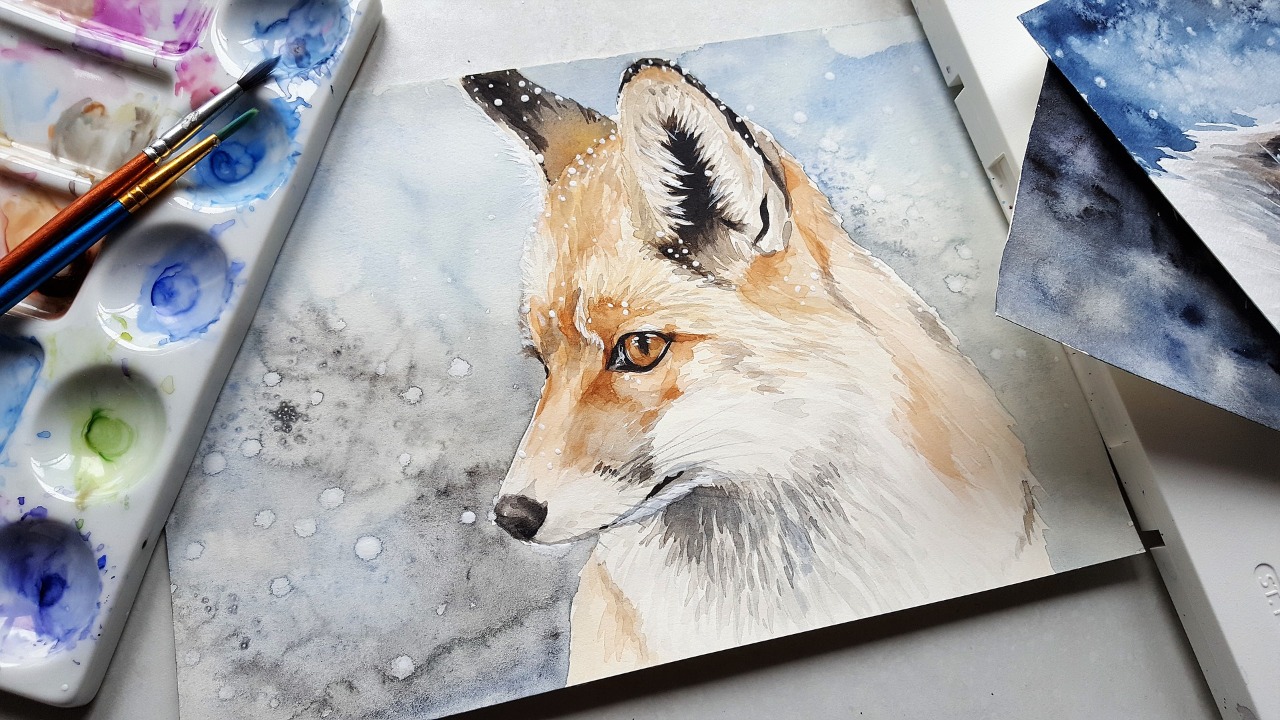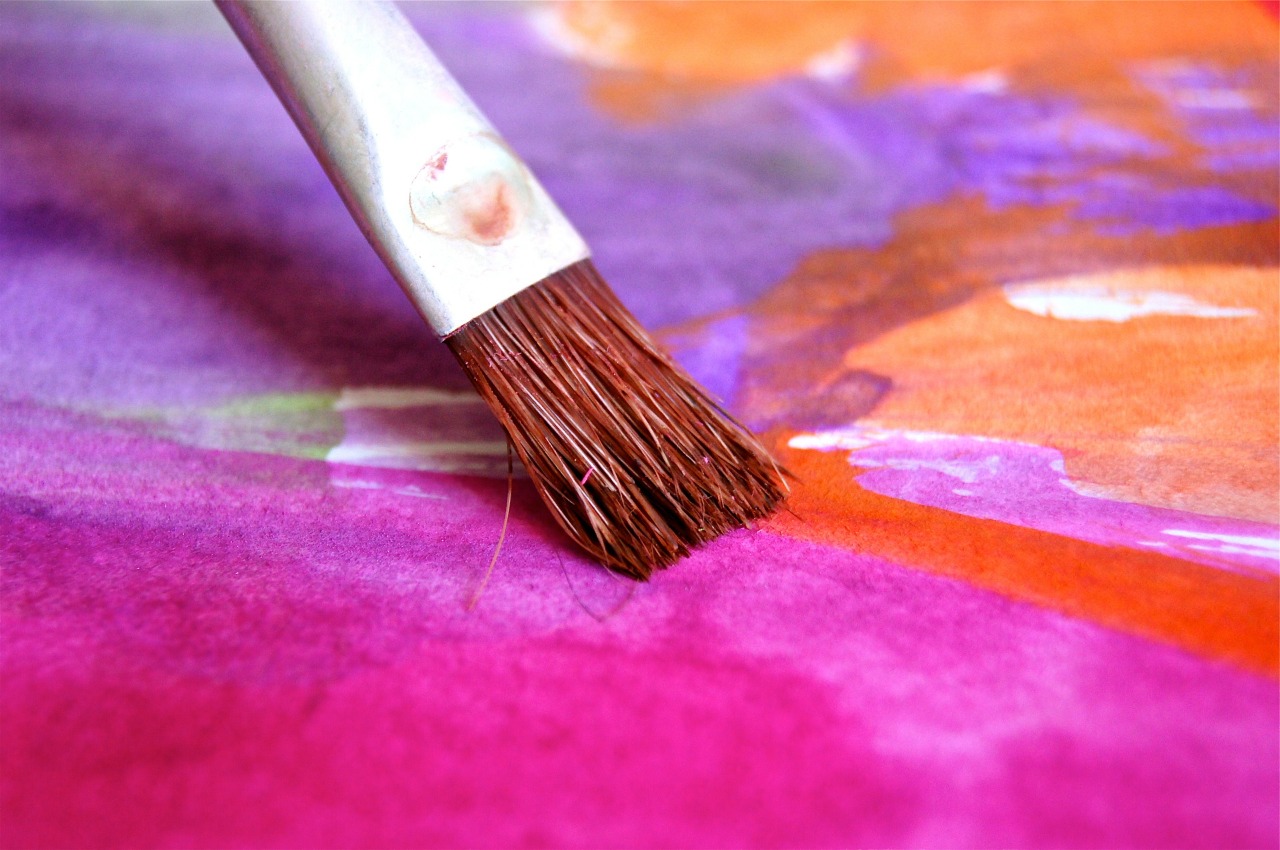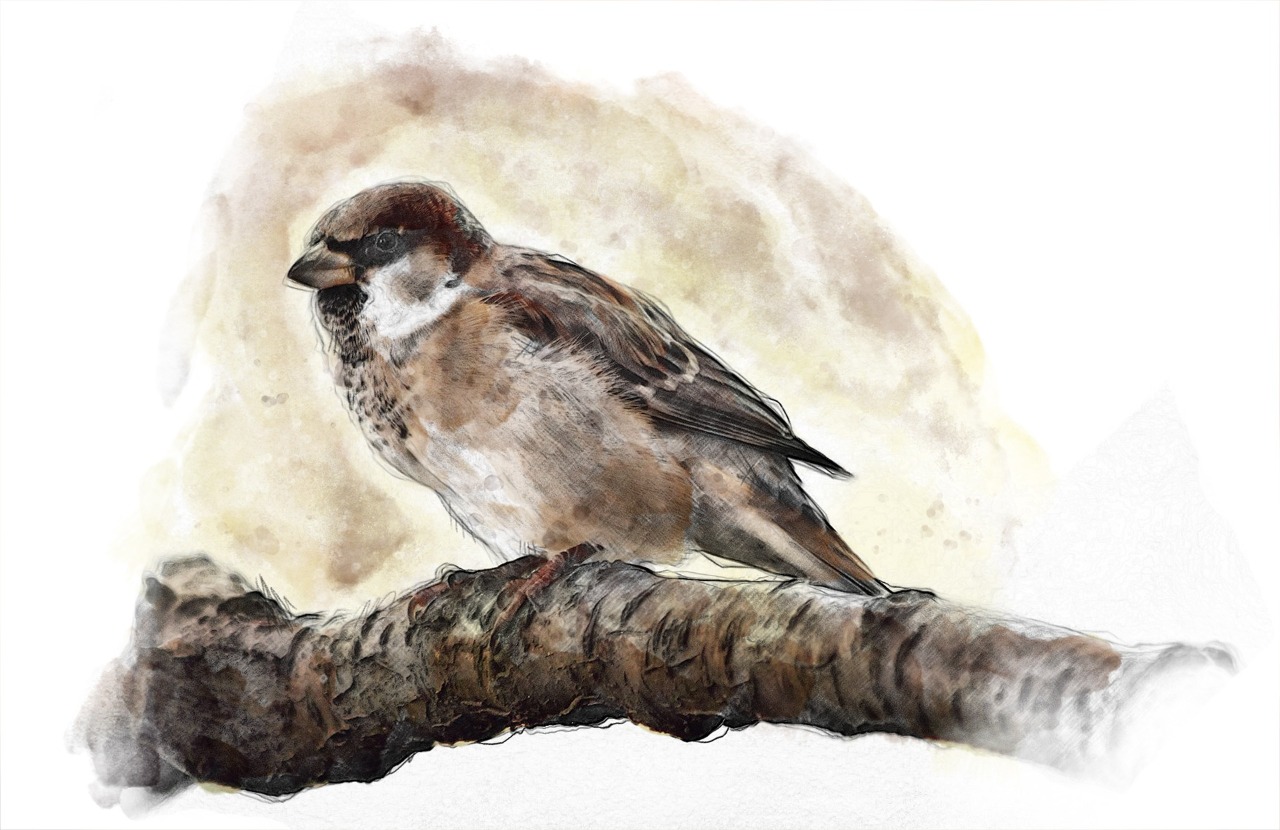Fine Arts
Fine art is an art developed primarily for aesthetics or beauty, distinguishing it from decorative art or applied art which also has to serve some practical function, such as pottery or most metalwork. In the aesthetic theories developed in the Italian Renaissance. The highest art was that which allowed the full expression and display of the artist’s imagination, unrestricted by any of the practical considerations involved in making and decorating a teapot.
It is important that making the artwork between different individuals with specialized skills, as might be necessary with a piece of furniture. In Fine arts, there are hierarchy of genres based on the amount of creative imagination required, with history-based painting placed higher than still life. Historically, the five main fine arts were painting, sculpture, architecture, music and poetry with performing arts including theatre and dance. We build up a high level of creativity and professional competence in them with guidance from tutors and visits.




Drawing is a visual art which makes use of any number of drawing instruments to mark a two- dimensional medium. Common instruments include graphite pencils, pen & ink, inked brushes, Colour pencils, crayons, charcoals, pastels, water colour, poster colours, oil on canvas. Drawing is distinct from painting. the techniques of ” Drawing & Painting “, first you sketching the required art of your preference to draw it on paper or any materials of your choice, Then you fill the sketch with your choice of mediums of your choices, such as pencil, pen & ink, Water colour, Poster colour or Oil on canvas.
Students develop new ideas for fabrics, which may involve coming up with several designs. Textile designing students experiment with colour, fabric and texture, and they follow style trends with an eye on what’s coming next. Then they create ideas for fabrics accordingly. Designers tend to focus on one of two primary areas of textile design: textiles used in interiors, for home decorating purposes like upholstery on furniture, curtains, rugs and carpets; and fabrics for clothing and other products.
Drawing is a visual art which makes use of any number of drawing instruments to mark a two- dimensional medium. common instruments include graphite pencils, pen & ink, inked brushes, Colour pencils, crayons, charcoals, pastels, water colour, poster colours, oil on canvas.
Drawing is distinct from painting. the techniques of “Drawing & Painting “, First your sketching the required art your prefer to draw it on paper or any materials of your choice, Then you fill the sketch with your choice of mediums of your choices, such as pencil, pen & ink, Water colour, Poster colour and Oil on canvas.


- Artist
- Art Teacher
- Art Studio – Artist
- Art Gallery – In – House Artist
- Creative artist
- Thematic artist
- Designer
- Textile designer
- Set Designer
- Introduction to All Mediums: Level 2
- Poster colour Medium – Still Life.
- Water colour Medium – Outdoor, Portrait & Still Life.
- Pen & Ink, Dry & Oil Pastel
- Acrylic Painting
- Project Presentation II
- Assignments and Submissions
- Creative Art Portfolio
- Projected Presentation & Assignments Submission
- Portfolio Presentation
- Principles of Drawing
- Free Hand Drawing & Figure Drawing
- Human Study – Features – Head, Hands & Feet
- Medium – Pencil & Shading Technique
- Portraits, Landscape, Still Life
- Colour Theory, Perspective Drawing, Gray Scale, Colour wheel with Poster Medium,
- Introduction to All Medium : Level 1
- Poster colour Medium – Still Life.
- Water colour Medium – Outdoor, Portrait & Still Life.
- Pen & Ink, Charcoal, Dry & Oil Pastel, Acrylic Painting
- Project Presentation I
